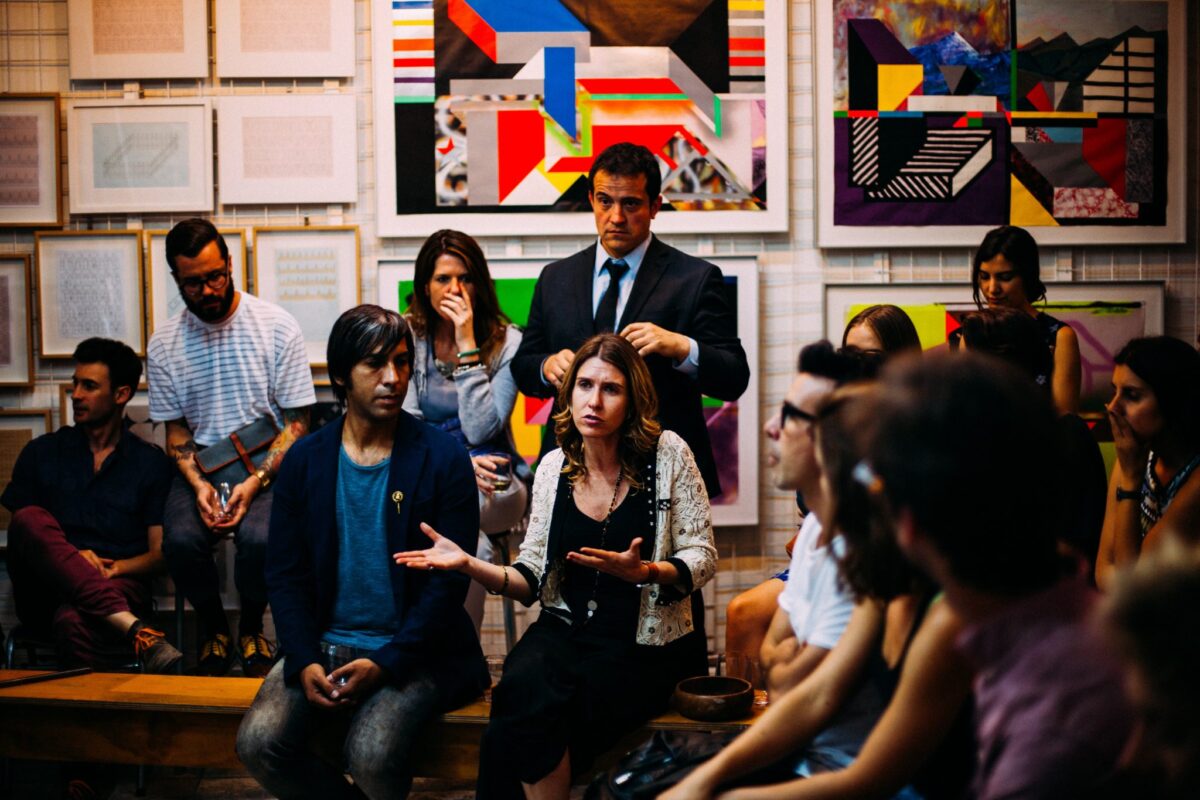
Mapping the bilingual brain
Mapping the bilingual brain.
A common view before the 1960s was that teaching a kid more than one language at a young age was confusing. Behavioral studies at the time posited that young minds weren’t developed enough to handle so much information, and that bilingualism was disorienting for children. Since then, countless studies have shown that young brains are a lot more adaptable than old school social scientists gave them credit for being. Learning multiple languages won’t confuse a child, or an adult learner: bilingualism actually reshapes the brain through brain plasticity.
In one study carried out by Cathy Price, a neuroimaging researcher at University College London, it was discovered that bilinguals had more gray matter in their posterior supramarginal gyrus, a long name for the ridged part of the brain that researchers have associated with vocabulary acquisition.
Learning two languages is an exciting phenomenon. By having children learn the second language early it stays ingrained into their cerebral cortex as opposed to an adult trying to learn a new language, the information does not retain as easy.














